The name comes from the Sanskrit words Paschim ( paścima) meaning “west” or “the back of the body, uttana (uttāna) meaning “intense stretch” or “straighten” or “extension; and asana (āsana) meaning “posture” or “seat”
It is a classic pose from Hatha yoga. It gives the whole back of your body a good stretch, from your calves to your hamstrings (back of the thighs) to your spine.
Have any queries? get answer from Yoga school in Rishikesh
Paschimottanasana Benefits:
This pose stretches these areas and helps open up your hips. This stretch is excellent for runners who tend to have tight hamstrings. It is also considered to be a calming pose. It is said that this pose can help relieve stress and even improve your mood.
Paschimottanasana Step-by-Step Instructions:
- Begin by coming to Staff Pose (Dandasana) with your legs straight in front of your body.
- Bring your arms straight out to the sides and up over your head, reaching toward the ceiling.
- Inhale and draw your spine up long.
- As you exhale, begin to come forward, hinging at your hips.
- On each inhale, lengthen your spine. You may come a bit out of your forward bend to do this.
- On each exhale, deepen into your forward bend. Imagine your belly coming to rest on your thighs, rather than your nose coming to your knees. This will help you keep your spine long, and extended.
- Keep the neck as the natural extension of your spine, neither forcing it to look up nor pushing the head to knee.
- When you have come to your full extension with the spine long, decide whether you want to stay here or let your spine round forward.
- Take hold of your toes, ankles or shins, whichever you can reach. You can also use a strap around your feet. Keep your feet flexed strongly throughout.
Paschimottanasana Common Mistakes:
- Keep your knees together or hip with apart knees facing up do not allow them to turn out. If that happens, it lessens the stretch of your hamstrings and puts the stress closer to your joints.
- Keep your back straight for as long as you can in the pose. This will help you get full breaths.
- Keep the chin lifted to avoid spinal cord overstretching
- Keep toes pointed to avoid sciatic nerve over tensioning.
Paschimottanasana Precautions:
Modify this pose if you have an injury to your hips, hamstrings, lower back, and shoulders. Don’t force yourself in this pose. If you are too tight to get many bends, just do what you can without pain.
Because this pose compresses the abdomen, it may not be comfortable on a full stomach.
If you are looking for 200 hour Yoga teacher training in Rishikesh then you can feel free to contact us as Rishikesh Yoga School
Recent Posts
- Yoga for Pregnant Women
- Yoga for Beginners at Home
- Chair Yoga for Seniors
- Sun Piercing Breath (Surya Bhedi Pranayama)
- Do You Need to Be Flexible to Start Yoga?
- Swooning Breath Yoga (Murcha Pranayama)
- Cooling Breath (Sheetali Pranayama)
- Sheetkari Pranayama: Feel The Calm In Daily Yoga
- Yoga for Every Body: A Beginner’s Guide to Wellness
- An Expert’s Guide to Yoga Philosophy

